Guava (Psidium guajava), a tropical fruit known for its rich vitamin C content and delightful taste, plays a significant role in global fruit production. It’s a dietary staple and a cash crop in many tropical and subtropical regions. But among all guava-producing countries, which nation tops the list? This article provides an in-depth look at the largest guava-producing countries, the factors driving production, and the global dynamics surrounding this versatile fruit.
Global Demand for Guava
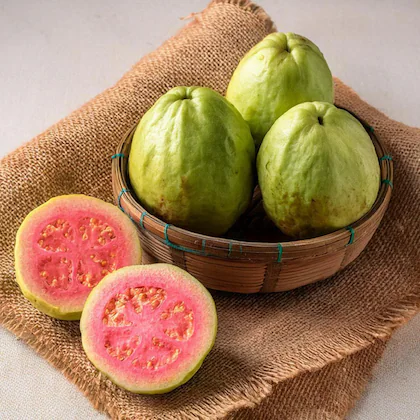
Guava is in high demand due to its:
- Nutritional richness: high in fiber, vitamin C, antioxidants, and folate
- Medicinal properties: supports digestion, immunity, and blood sugar regulation
- Versatility: consumed fresh, as juice, in jams, jellies, chutneys, and even herbal remedies
As consumer preferences shift toward healthy, natural, and functional foods, guava has seen a surge in both production and export demand worldwide.
India: The Undisputed Guava Leader
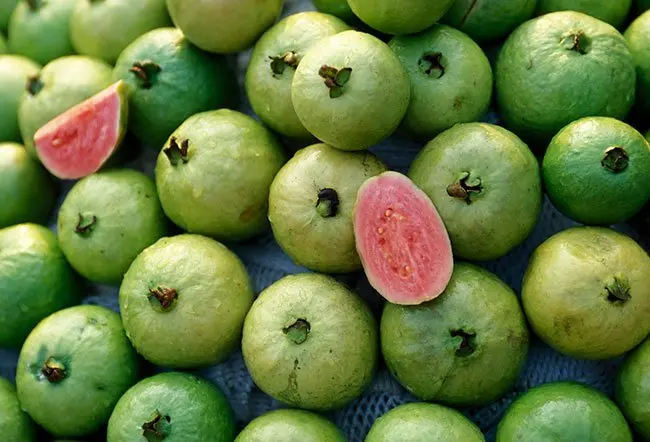
India is the world’s largest producer of guava, accounting for over 45% of global production. With favorable agro-climatic conditions, a large agricultural workforce, and centuries of traditional farming knowledge, India has established a dominant position in the guava market.
Key Facts:
- Annual production: ~17 million metric tons (as of 2024 estimates)
- Major states: Uttar Pradesh, Bihar, Maharashtra, Madhya Pradesh, and Andhra Pradesh
- Popular varieties: Allahabad Safeda, Lucknow 49, Arka Mridula, and Lalit
- Growing season: Typically two main harvests — July–September and November–February
Reasons for India’s Leadership:
- Large cultivable area: Extensive land dedicated to guava farming
- Diverse varieties: Suited for different climates and consumer needs
- Strong domestic demand: Guava is a daily fruit in many Indian households
- Processing and value addition: India has a growing guava juice and pulp industry
- Government support: Schemes under horticulture missions and agri-export policies
Other Major Guava-Producing Countries
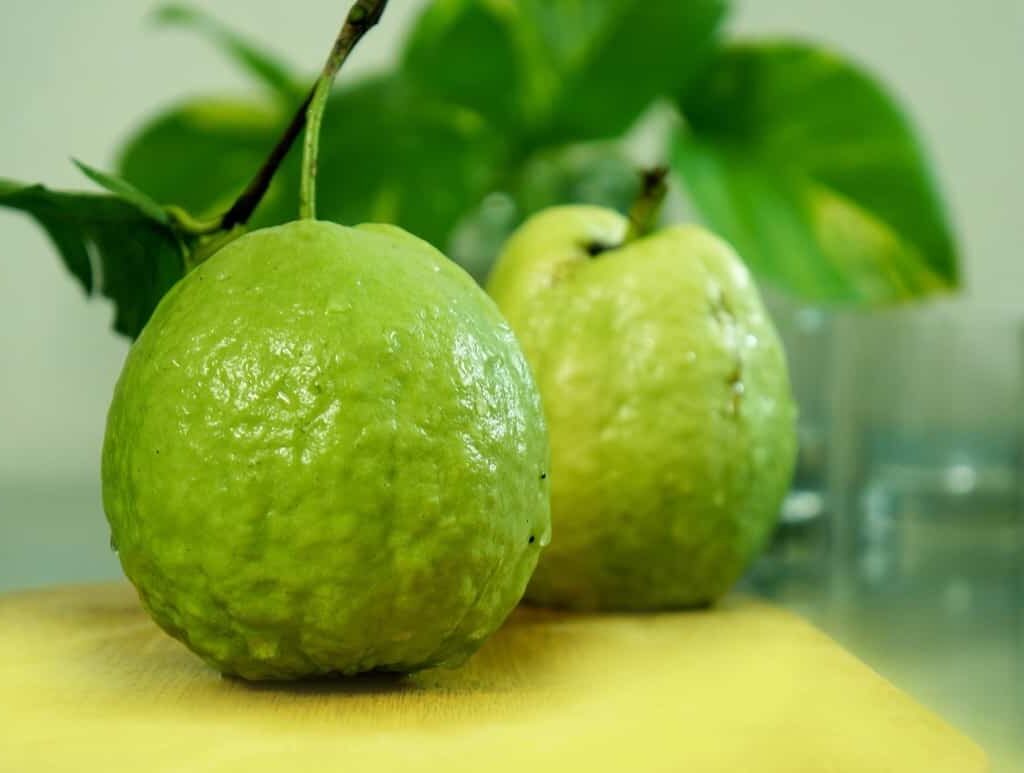
While India leads, several other countries also contribute significantly to global guava production.
1. China
- Rank: Second-largest producer globally
- Annual production: Approx. 5.5–6 million metric tons
- Regions: Guangdong, Fujian, Guangxi
- Guava is cultivated both for domestic consumption and processed products. China is also investing in guava research for improved yields and disease resistance.
2. Thailand
- A major producer and notable exporter of guavas, especially in Southeast Asia.
- Known for seedless varieties popular in regional markets.
- Guava is grown commercially in central Thailand under irrigation and controlled cultivation.
3. Indonesia
- Growing guava industry with increasing domestic demand.
- Production is expanding in Java and Sumatra.
- Government has introduced improved cultivars and subsidies for small farmers.
4. Philippines
- Guava is traditionally used for food and medicinal purposes.
- Both pink and white-fleshed guava varieties are common.
- Government initiatives support guava farming under agroforestry and backyard garden models.
5. Mexico
- Leading guava producer in Latin America.
- Known for pink guavas, widely used in the juice and candy industry.
- Exports mainly to the United States and Central America.
Production Trends by Continent
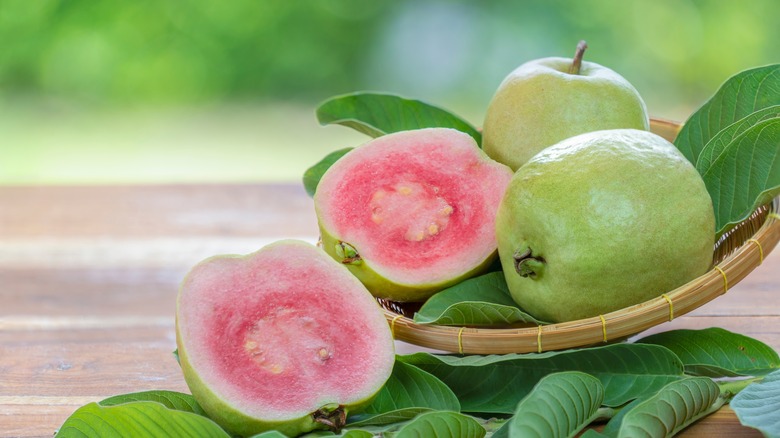
Asia
- Dominates global guava production.
- Countries like India, China, Thailand, and Indonesia are key players.
- Guava is part of integrated farming systems in tropical rural economies.
Latin America
- Mexico, Brazil, and Colombia are emerging players.
- Focus is both on fresh fruit and processed pulp for export.
Africa
- Kenya, South Africa, and Egypt grow guava, primarily for local consumption.
- Rising awareness of guava’s health benefits is boosting cultivation in smallholder farms.
Economic and Agricultural Significance
Employment and Livelihoods
- Guava farming provides livelihood to millions of small and marginal farmers, especially in India, Southeast Asia, and parts of Africa.
- It’s labor-intensive, requiring pruning, harvesting, and manual packaging — creating rural jobs.
Export Potential
- Processed guava products (like pulp, puree, juice, and candies) have high export value.
- India, Mexico, and Thailand are the primary exporters.
- Export destinations: Middle East, USA, EU, and other parts of Asia.
Environmental Benefits
- Guava trees require less water compared to other tropical fruits.
- They can be grown in low-fertility soils and tolerate some drought, making them suitable for climate-resilient farming.
Challenges in Guava Production
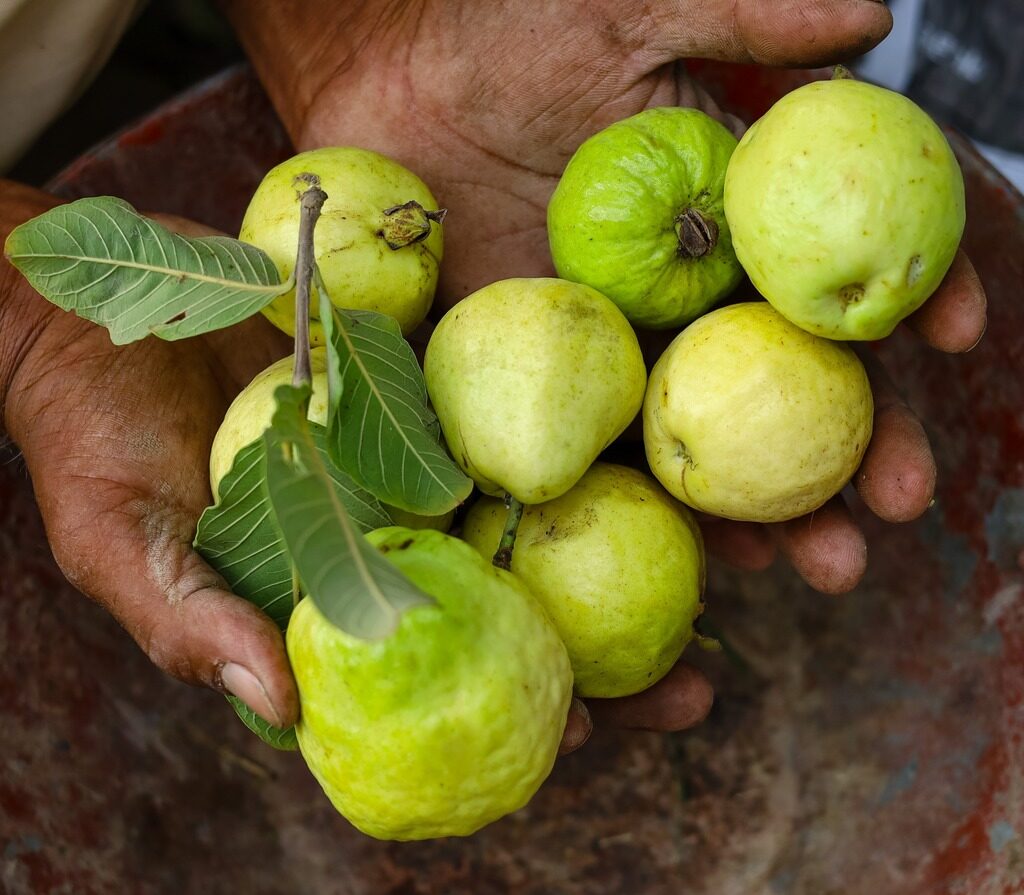
Despite high production, guava farming faces several hurdles:
- Post-harvest losses: Guava is highly perishable and susceptible to bruising and rotting.
- Fruit fly infestation: Especially in tropical climates like India and Southeast Asia.
- Lack of cold storage and transport: Affects the quality of exports.
- Market price fluctuations: Due to seasonal gluts and lack of processing units in some regions.
Solutions being explored include:
- Use of bio-pesticides and pheromone traps
- Cold chain infrastructure development
- Farmer cooperatives for collective bargaining
- Training in Good Agricultural Practices (GAP)
Guava in the Future of Global Agriculture
Guava is poised to gain more importance due to:
- Health-conscious consumers demanding vitamin-rich fruits
- Rising interest in tropical fruit exports
- Diversification of cropping systems for sustainability
- Innovation in guava-based processed foods and nutraceuticals
Countries like India, Thailand, and Mexico are already investing in research and development, modern farming methods, and digital marketing platforms to increase their global footprint.
Conclusion
In answer to the question “Which country produces the most guavas?” — India leads by a wide margin, followed by China and Thailand. Guava farming is not only a crucial economic activity but also a sustainable agricultural practice that contributes to food security and rural development.
With better storage, infrastructure, and export strategies, guava could become a leading fruit in global trade, benefiting both producers and consumers across the world. As interest in healthy and tropical fruits continues to rise, the spotlight on guava will only grow brighter in the years to come.

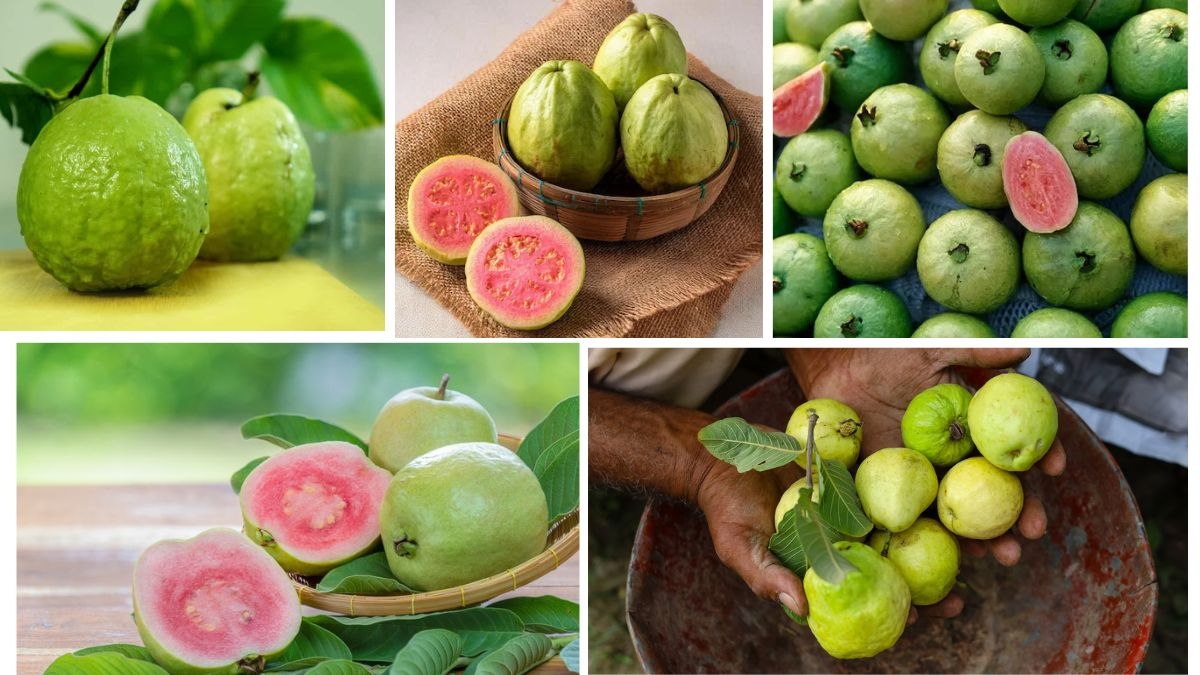
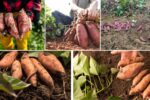




Leave A Comment